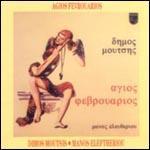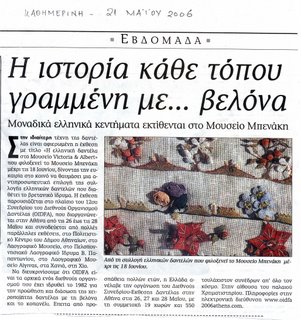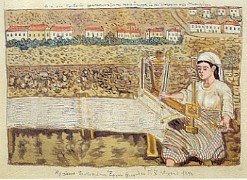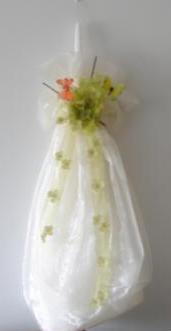‘They light fires in the neighbourhoods…’
in the evening and children and adults jump over the fires. In many areas of Greece the custom is performed in its entirety, including girls bringing the silent water from a well, a public water fountain or the sea (in the latter case, from fourty waves).
But we used to do only the fires, when I was a child. ‘St. John’s fires’ of the fires of ‘Kli'don’ (from the ancient word Κληδών), as we call them, because June 24th is the one of the days that our church dedicates to St. John.
All the children of the neighbourhood collected pieces of wood and grass and we were lighting the fire in the corner in front of our house. In this fire we also were burning the flower wreaths that we made on May 1st and had hung above the entrance door of the house. Then we jumped over the fire. I was afraid and managed only to jump at the edge of the fire, not really over it. I remember my mother, who was not afraid to jump over the flames.... Usually, after a while, the neighbour started ouring water on the fire over the wall of his garden and was spoiling our fun!
In the ancient Greece, this celebration was dedicated to the Sun and the Light and took place around the summer solstice - just like today. The first day of the new moon after the summer solstice was also considered as the first day of the new year in Athens in the ancient times.
The title of this posting is from a song of one of the best greek albums Άγιος Φεβρουάριος (Saint February). The themes of the songs are about Aivali and Smirni.
Does your mother remember this celebration in Thalassia?
I am leaving today for a remote Russian village, where I will not have easy access to internet. More news when I come back to Moscow, next weekent.
I HOPE YOU ARE ENJOYING THE SEA!
















